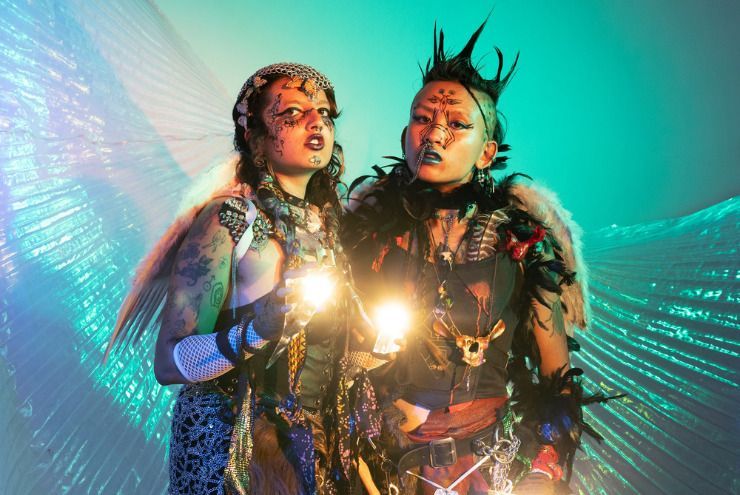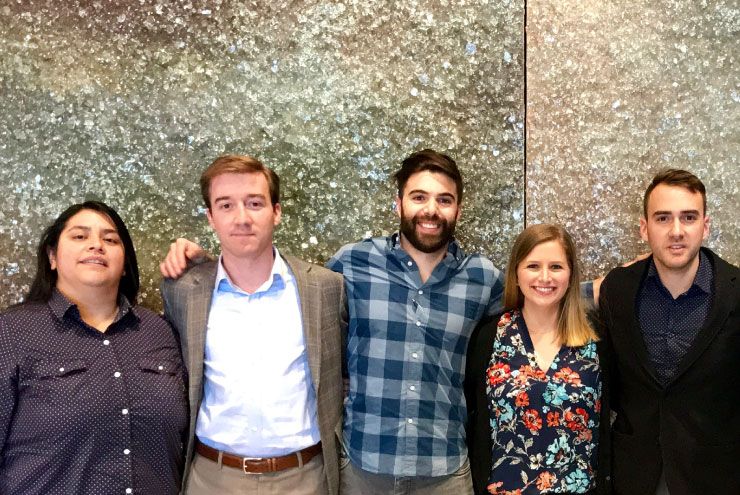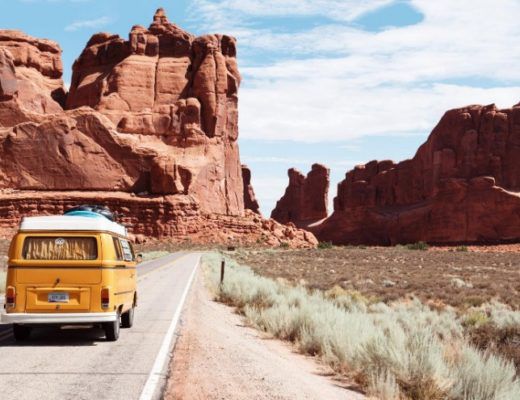By Addie Tsai
This past November, through the Houston Cinema Arts Festival, I was delighted to learn of a queer Asian filmmaker doing incredible work in Austin, Texas, with whom I hadn’t previously been acquainted: PJ Raval, a queer Filipinx filmmaker who came of age in a small, white conservative town in California’s central valley. Imagine my surprise when I learned that Raval is one of the founding members of the queer arts festival OUTsider, a festival I had been interested in submitting to—as well as attending—for many years now. I was incredibly excited at the prospect of experiencing the festival in-person this year; alas COVID, as usual, had other plans. Thankfully, OUTsider quickly shifted to a hybrid festival, offering many events both virtually and in-person, and a few that were only able to be attended live. Nonetheless, I was grateful for the opportunity to speak directly to OUTsider artists of color Felix III, mirrored fatality, and Kalup Linzy, who all took the opportunity of this difficult moment in the world, in terms of the COVID-19 pandemic and beyond, to push their work into new dimensions.
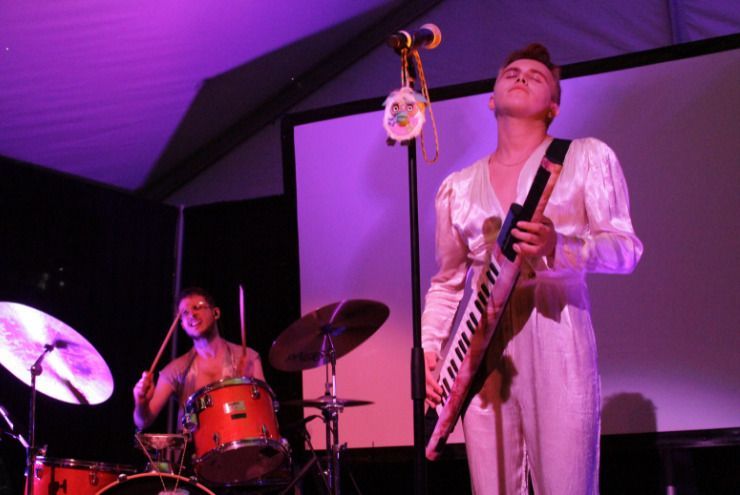
Felix III is a queer Mexican American artist from Brooklyn and OUTsider’s 2022 artist-in-residence. As an artist, he has traversed disciplinary boundaries and explores queer Mexican American identity through music, film, and fashion. He also has a fashion line, called the MXA, an upcycled collection centering the poncho, a collection he began spontaneously but that has sustained him financially throughout the pandemic, allowing him to focus on his art. “I’ve taken classic 1950s jackets that we associate with when ‘America was great,’ but what they’re really saying is when ‘America was just white,’ and I combine them with traditional Mexican textiles and recreated the poncho to better express my identity as a Mexican American straddling two cultures and not really belonging to either, but also having a very unique perspective in between,” explains Felix. “Through the ponchos, I’ve connected with a lot of Mexican American people and artists who didn’t have the same experiences I had but felt that similar disconnect to both America and Mexico.” Ironically enough, Felix’s current project, with the support of OUTsider, is a film centering a musician who is trying to get to a festival. “I know it sounds very on the nose of what is happening to me right now, but it’s more about how in life, you keep having to say ‘yes’ to things if you want your life to change. But it’s deeper than that. Through the pandemic, I was able to get out of a dark time through my music. I want to show a similar kind of story with this film, but more surreal—this character will meet all sorts of characters who challenge him to open up to parts of himself,” says Felix. “I want to make this movie to show how common it is to go through times like these but also how special it is that, whoever you are, there’s this untapped creativity and potential that we’re not aware of until somebody opens it up for us. OUTsider has been so supportive of what I do that I want to shoot it here, in Austin. And maybe even have some scenes driving from New York and Texas. But I would be remiss not to pay tribute to the city that’s offering me something really extraordinary.”
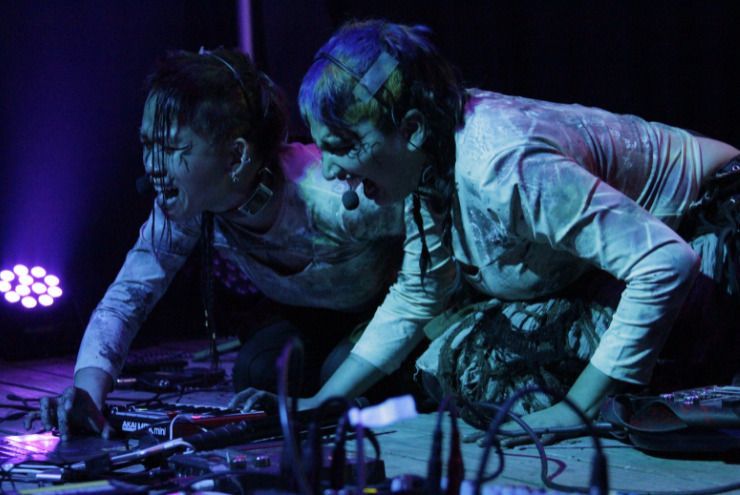
mirrored fatality is queer nonbinary Kapampangan Pilipinx and Pakistani Muslim performance art duo Mango Gwen and Samar, who share rituals, altars, and medicine through DIT (do-it-together) experimental and healing noise punk. They create their self-proclaimed “cocoon webs” combining performance art, music, spoken word, film, photography, painting, drawing, upcycled garments, anti-imperialist education, and healing justice practice spaces to mobilize a warrior community responding to transnational calls-to-action for mutual aid, land sovereignty, and prison abolition. “A lot of our work has always been about finding ways of creating moments of liberation or moving toward spaces of liberation, especially for queer and trans people, whether that’s through abolition or organizing art shows or working in the earth. We try to imagine different ways to dream of what a different world could look like outside of the white supremacist patriarchal capitalist world we live in right now. mirrored fatality is about not only harnessing your rage at living in this world, especially for marginalized bodies, but also it’s about building spaces for healing, building spaces for all emotions to be channeled and understood, not just rage, but grief, joy, and then how it can also be a space for education,” Samar says of the work. Mango has started building work toward performance since they were a child, making YouTube videos with their brother. “My parents were migrants from San Simon, Pampanga, Philippines, so they were never home because they were working multiple jobs. We had to keep ourselves busy and found performance as a solace. We had a webcam you could detach and take around the house and we’d mash-up these short films,” Mango reminisced. “A lot of the work I do is centered on how I, as a first-generation child of migrants from the Philippines, as a non-Black person, as a non-indigenous person—how can I and how can we, as a collective, use our spaces to make sure that these fights and these liberations are being prioritized and at the forefront? How can we create sacred reciprocity where we’re all able to create and share but also create a pathway for these to be alchemized into a future where we’re all free and connected to the land and aware of the native land we are on?” Mango manifests. I assumed that their collective had been born from their love story, their romantic union, but they both giggled as I said this and admitted that the love came from the work they did together. “We were best friends working full-time, organizing full-time, finding time for mirrored fatality at 1:00–4:00 a.m. after we worked. Then the pandemic hit, two years into our best friendship, spirits hovering. Actually, if the world would end tomorrow, you would be the one I would want to share my life with and love forever, so let’s transform this and see where we go. We’ve been fighting for it ever since,” says Mango. Samar reiterated that their love was intrinsically tied to their work: “Our commitment to our loved ones and our commitment to the work we’re doing fueled our love. Through us being there with each other through so many different battles—it just helped build our relationship into something deep and strong. Both of us have a strong commitment to being there for our community and our loved ones.” Mango and Samar met in college at UCLA, when they were organizing with Dignity and Power Now. They supported Freedom Harvests, which brought health and wellness modalities such as herbal medicine, yoga, talk therapy, fresh food, and arts and crafts outside of jails throughout LA County to disrupt the space of violence and offer moments of care to people visiting their loved ones inside and those formerly incarcerated. This origin story holds true until today, where mirrored fatality maintains an intentional practice of community, mutual aid, food justice, queer and trans liberation, and prison abolition. “Although it may seem that it’s mirrored fatality on stage performing, there have been so many teachers, so many mentors, so many people who have opened up a couch, lent instruments, lent knowledge, opened up their homes, put such faith in us so we also carry all our family with us.” In the future, mirrored fatality is eager to welcome in other ideas of collaboration, building a vision “from the ground up.”
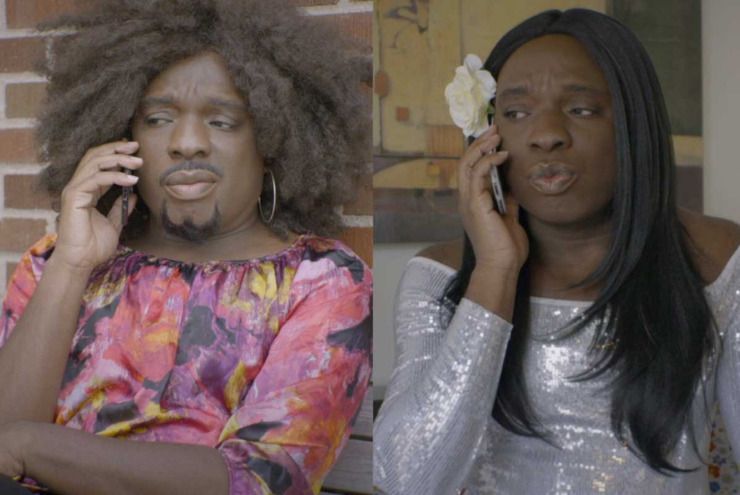
Kalup Linzy is an American video and performance artist who was born in Stuckley, Florida. Linzy received their MFA from the University of South Florida and attended the Skowhegan School of Painting and Sculpture. Linzy has been the recipient of numerous awards, including a grant from the Louis Comfort Tiffany Foundation, the John Simon Guggenheim Memorial Foundation Fellowship, Creative Capital Foundation Grant, and many others. Linzy’s work is borne from their love of the soap opera (infused with drag), which was integral to the way that Linzy connected with their family. Their mother and grandmother had been following soap operas since they were broadcast from the radio in the 1930s. Their work is a soap-opera-inspired, queer, and POC-centered performance that integrates drag aesthetics. “As a small kid, I remember imitating my aunts for each other in the kitchen and they would be cracking up. My Aunt Gwen would say, ‘Kalup, how Diane do it?’ and I’d start walking like Aunt Diane. At the same time, my grandmother, who was deaf, watched soap operas, so I was fascinated with how she followed the stories. But she picked that up from her mother, my great-grandmother, who listened to soap operas in the 1930s, so it was passed down in the family,” Linzy explains of their interest in the soap opera. Linzy got access to video cameras and was taught video editing through multiple mentors and family members. In high school, they were student president, and the librarian gave them keys to the school so that they could edit their videos. Years later, that librarian came to one of Linzy’s appearances and brought them one of the tapes from 1993. “I’m inspired by melodrama—both daytime and primetime. I’m also inspired by Hollywood film melodrama,” they say. It was confusing and complicated for Linzy to grow up watching soap operas that largely featured white characters and only cast white actors: “They talked about these characters like they were real family. They are a part of our family history. It was interesting because they would talk about these characters going back to 1937, but we would also get stories of racism. I lived in a sundown town where you don’t go certain places after dark. They’d be telling us that, too. ‘Don’t go to these places.’ Okay, so, white people are racist but they’re talking about these white people on television like they’re part of our family,” says Linzy. Working in the soap opera form then became a way for Linzy to address these issues and questions, and to explore their own identity as a Black queer artist. I asked Linzy what advice they had for artists coming up now: “One professor told me to know what you’re giving away. I didn’t understand it. My advice is to save your money and ask for what you want. I realized that a lot of time new artists are at the bottom of the food chain, but we’re pushing it forward at the same time. Take care of yourself not just financially but physically. As an artist, your health is your wealth.” Linzy’s next challenge in their growing body of work is to make a feature film. Even though they’ve been known for their DIY, home movie aesthetic throughout their long career, they plan to work with a cinematographer so that the look will have a more cinematic feel.
Keep up with OUTsider Fest at outsiderfest.org.


